Once your shower starts draining slowly, you can count on the problem worsening over time, especially if it’s left untreated. Some clogs can be easily removed, but others require specialized tools and knowledge that may be beyond the scope of typical do-it-yourselfers.
Read on to find out more about clogs, home remedies for clogged drains, ways to unclog a shower drain and when to call one of our plumbing professionals to handle the problem.
Common Clog Causes in Showers
Small particles of grease, knots of hair and even soap slivers can become lodged inside the drain, giving other debris a foothold. Hair is a major culprit, especially in households where one or more family members have long hair.
Sharp bends in plumbing can make it easier for clogs to form, as can drains that are not properly slanted to draw water and debris away.
Several Ways To Unclog A Shower Drain
Some clog removal methods can be quite costly, while others are very cheap. Whether or not they work depends on what kind of clog it is and where it’s located. Here are some effective ways to unclog a shower drain.

#1 Plunger
Use a plunger to loosen the clog. May not work well on hair-based clogs.
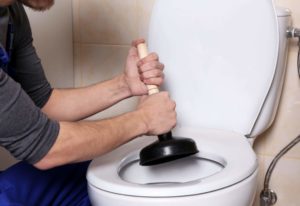
#2 Remove Drian Cover
Remove the drain cover and manually removing clog. This is effective for hair-based clogs but can be messy and smelly.
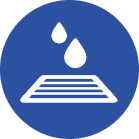
#3 Chemicals
Apply chemical clog removers for a quick, inexpensive, and easy way to unclog your shower drain. But beware as you may damage pipes, especially if used repeatedly.
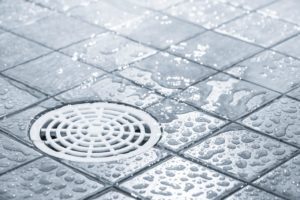
#4 Unclog Tub Drain With Baking Soda
Using vinegar and baking soda can be a power concoction. Pour baking soda into drain, then pour in vinegar; should be used in conjunction with boiling water. Allow the mix to work for a few hours, then apply boiling water to clear drain.
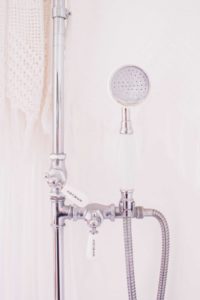
#5 Boiling Water
Filling the drain with boiling water can loosen up clogs. It might be enough to dissolve greasy, soapy clogs.
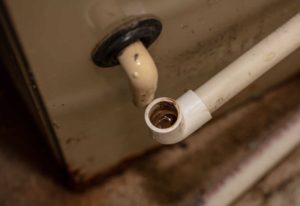
#6 Snake
Snaking the drain can dig deep down into the drain to jar clogged hair and debris loose. A snake is a special tool made for clearing clogs, often carried by professional plumbers, but available fairly inexpensively at your local hardware store.
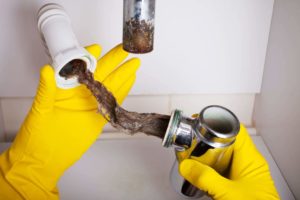
#7 Call the Pros
When all else fails, call in a professional plumber. This is the easiest, most effective option that will keep your drains unclogged for longer.
Calling a plumber who knows how to unclog a shower drain means you won’t have to dismantle your drain, handle corrosive chemicals, or suffer the inconvenience of having your shower out of commission indefinitely.
This saves you the time and expense of clog removal and ensures the job will be done correctly.
Who to Call in Phoenix for Tough Shower Drain Clogs?
At ACE Home Services, our plumbing professionals have the experience and knowledge necessary to help Phoenix residents through their worst clogs and plumbing issues. We’re ready to help you, any time of day or night, and we even offer free service calls. Contact us today at (602) 428-3341 !
